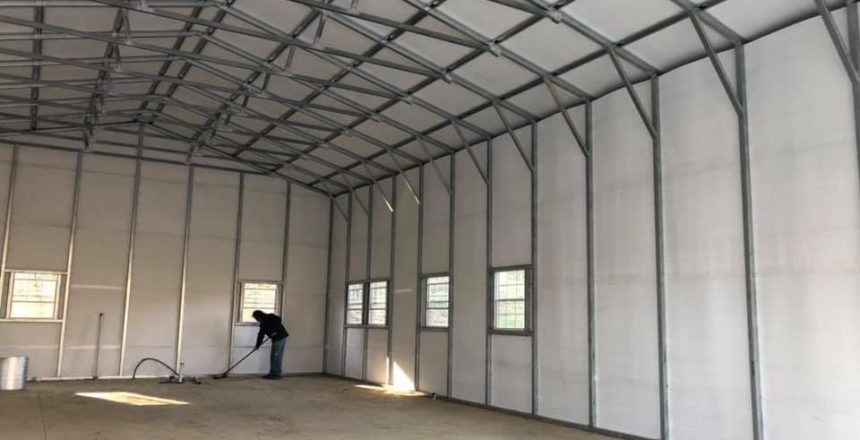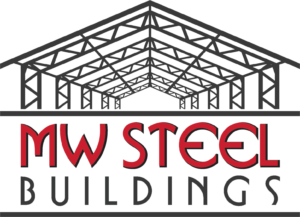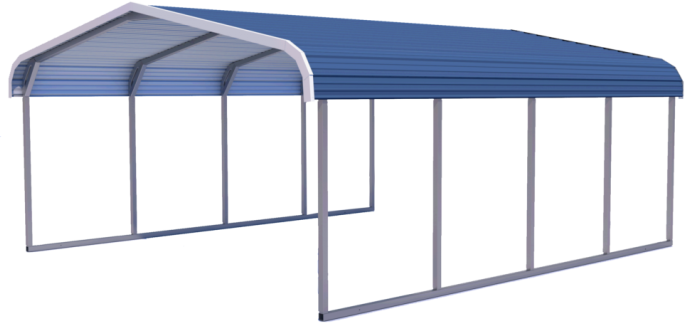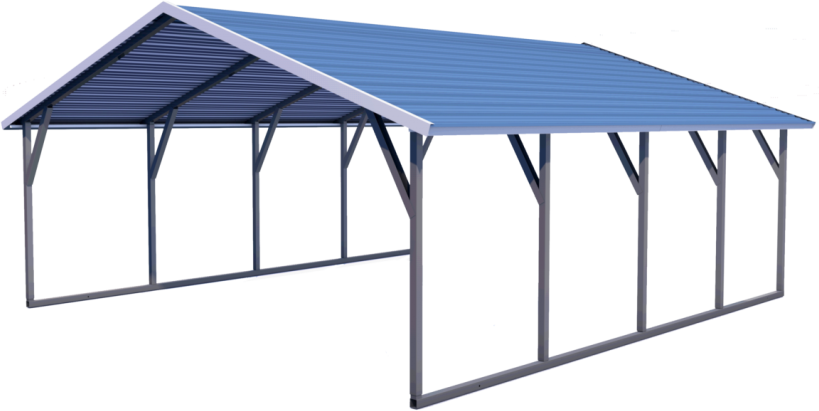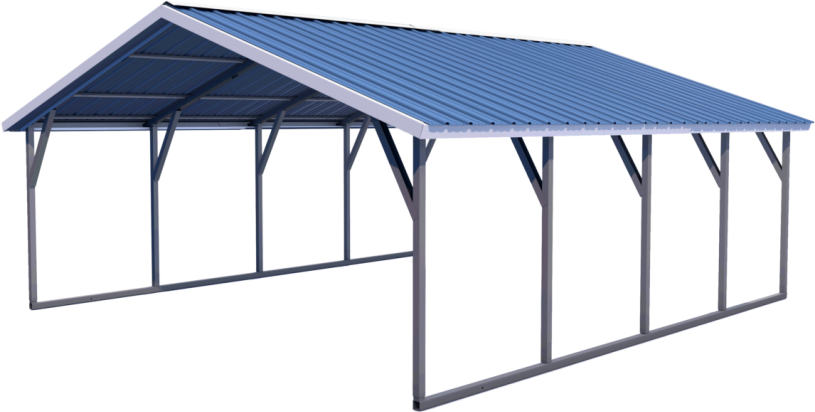Short Answer: Insulation and condensation control for steel buildings is important. This depends on what you use your steel building for. This blog will go over insulation options such as radiant barriers, batt and rolls, and spray foam insulation. Another topic will be how to help minimize your steel building condensation
Insulation may be essential depending on how you will use your metal building. Insulating your building has many benefits to help manage considerable temperature swings. For example, problems such as condensation, rust corrosion, mold, and mildew can happen in your metal building. Advantages for insulating your metal building may include:
- stable temperature
- save money
- fire protection
Controlling Condensation
Condensation is when your metal building sweats because change of temperature inside the building. A solution for condensation in a metal building is CondenStop. CondenStop is a thin spongey layer that absorbs moisture. This is directly applied to your metal panels during manufacturing. The spongey layer absorbs moisture and stops it from dripping off of the panel. In addition, CondenStop benefits include:
- Prevent corrosion and rust
- Additional water protection
- No dripping
- Higher fire safety class
Popular Insulation Options
Radiant Barrier
A radiant barrier is bubble insulation that functions as an additional thermal barrier helps reduce heat transfer in a metal building. The radiant barrier reflects radiant heat to stabilize the temperature. Depending on the perm rating of your bubble insulation, you can prevent moisture from passing through. Most importantly, a perm rating below 1` will not allow moisture to pass through. If the perm rating is higher than 1, moisture will pass through. One benefit to the radiant barrier is more condensation control. Additionally, the white appearance gives a clean, finished look to the inside of your steel building. Other benefits of the radiant barrier may include:
- Blocks ups to 96% of radiant heat transfer
- Prevents condensation
- Unaffected by humidity
- Defends against mold and mildew
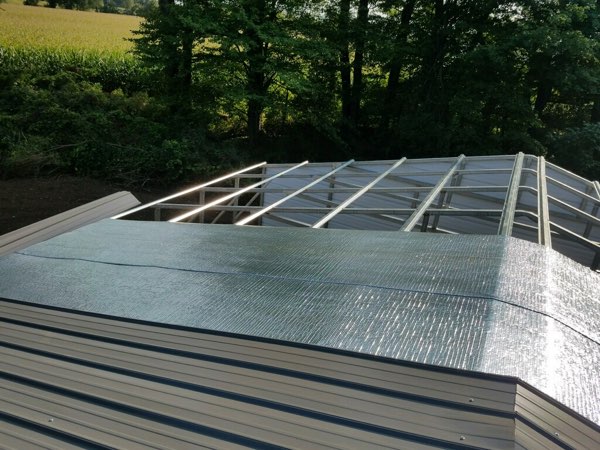
Batt and Roll
- Energy efficient
- Moisture barrier
- Noncombustible

Spray Foam
- Additional strength
- Noise reduction
- Fire and smoke barrier
- Less humidity and mold
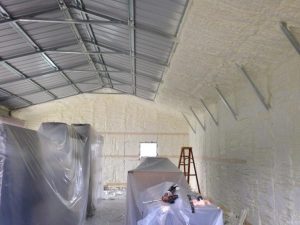
Conclusion
Insulation and condensation control can be managed and maintained with the recommended options. Insulating your building and providing the proper upkeep will help prevent unwanted moisture. While we still recommend getting insulation, we went over a cost-effective alternative called CondenStop. Using CondenStop can still help provide a solution for your steel building’s condensation. All provided option will help regulate your building with more efficiency!
If you would like more information on your building withstanding inclement weather conditions. Check out our blog on How do steel buildings withstand inclement weather conditions!
MW Steel Buildings
(877) 368-8244
For more content, follow us on:

